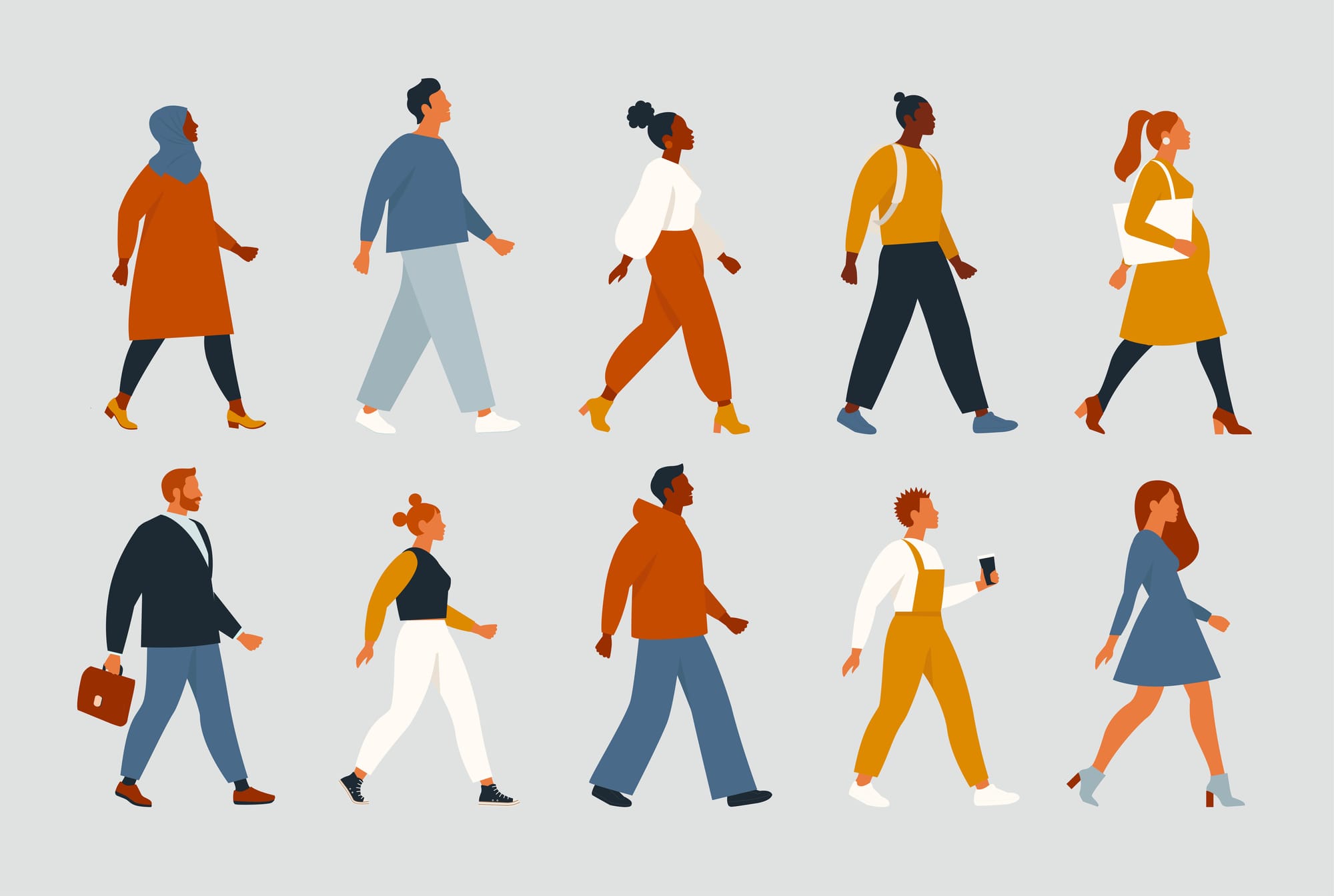Data is often hailed as the beacon of knowledge and progress. Yet, beneath the surface, a profound imbalance persists—a gender data gap that silently skews our understanding of society. Imagine a puzzle missing critical pieces, rendering the picture incomplete and misleading. That's precisely what the gender data gap does, distorting our view of gender-based disparities and obstructing the path to true equality.
What is the gender data gap?
The gender data gap refers to the lack of adequate and accurate data on women and gender variables, along with their experiences, needs and contributions to society. This is largely due to bias and discrimination in data collection, analysis and interpretation processes.
Since data is primarily sourced from men, many of the solutions created to address problems are based on male realities. As a result, male bodies, preferences and typical life choices are what inform the data we use for critical decision-making.
What’s the problem?
Without data from underrepresented groups, everything from safety equipment to urban design to medical innovations is biased towards men. And according to Caroline Criado Perez, author of Invisible Women: Exposing Data Bias in a World Designed for Men, the consequences could be deadly.
The gender data gap can have life or death consequences for women, such as in medical research, where women are often excluded from clinical trials or where the symptoms of heart attacks in women are not recognized. – Caroline Criado Perez
Many studies have shown the devastating impacts of the gender data gap, and why it urgently needs to be bridged. For example:
- Vehicle safety systems tend to be designed and tested based on male body types, which poses significant risks for women. Consequently, women are 17% more likely to die and 47% more likely to experience a serious injury in a car crash than men. (source)
- Women who are operated on by male surgeons are 15% more likely to suffer a bad outcome, and 32% are more likely to die, experience complications and be readmitted to the hospital than when a woman carries out the surgery; this is in contrast to female surgeons, whose male and female patients do not experience different outcomes. “The data gap could help [...] explain these outcomes as medical textbooks predominantly illustrate medical conditions with visuals of white male bodies, medical products and innovations often have more negative side effects for women, and male scientists are less likely to incorporate gender and sex analyses in their research.” (source)
- Office thermostats are typically set to temperatures that facilitate men’s cognitive performance, because the policy concerning the regulation of temperature relies on the metabolic rates of men. This could further perpetuate inequalities within the workplace by hindering women’s ability to perform, and thus receive promotions, salary increases and bonuses. (source)
Gaps in gender data and the lack of trend data also make it difficult to monitor progress for excluded groups, fostering data scarcity that ultimately allows statistical gaps to persist.
Our ability to create useful policies, programs and services can be hindered when the experiences and perceptions of certain groups are excluded.
“If the male perspective is assumed to be the standard and the female perspective is the “other,” the institutions that rest on that assumption, the decision-making processes leaders employ, and the policy choices that result, suffer.” – Jeannette Gaudry Haynie, Brookings
The Government of Canada’s path towards progress
In an effort to promote gender equality and mitigate the risks related to the gender data gap, every federal department and agency in Canada is subject to the analytical process known as Gender-based Analysis Plus (GBA Plus). GBA Plus is used to assess how government policies, programs and initiatives impact diverse groups of women, men and individuals of diverse sexual orientations, gender identities, and expressions. This means that all federal organizations must perform GBA Plus assessments throughout key phases of the development of new and ongoing projects, from initial planning to evaluation.
In other words, all federally led projects must not only be founded on gender-sensitive data, but also be assessed through an intersectional lens. As a result (whether intentional or not), GBA Plus has made bridging the gender data gap a key pillar for success across government, ultimately reducing negative outcomes.

Statistics Canada plays an important role in supporting the implementation of GBA Plus and the systematic use of gender-sensitive data across all sectors by providing policy-makers and Canadians with important and relevant statistics.
For example, they released new sex at birth and gender variables and classifications in 2018 in order to be more inclusive and account for gender diversity in Canada. Since then, the sex at birth of person and gender questions have been added to social statistics programs and included in the 2021 Census, making Census data on transgender and non-binary people available for the very first time in April of 2022.
Statistics Canada also introduced the Disaggregated Data Action Plan (DDAP) in its 2021 Budget to help fill data and knowledge gaps. The DDAP aims to make data collection more representative and increase the availability of statistics on diverse populations, especially underrepresented groups. This is evidenced in increased sample sizes, the addition of new variables to existing surveys, and the creation of new surveys to collect information that allows further disaggregation on gendered and racialized issues.
Moreover, Canada has taken steps to enhance access to pre-existing data and analytical resources by establishing the Gender, Diversity and Inclusion Statistics Hub, which “enables data users to more easily find disaggregated and intersectional data, analytical products and insights.”
While these initiatives are making gender-sensitive data available to the masses, the systematic practice of using and collecting data on sex and gender for design or research, especially where health and safety is concerned, must be integrated into broader Canadian policy. Women and gender variables should not continue to be “othered” by society due to optionality or convenience. Inclusion must be a standard, not a choice.
What you can do
In an era marked by an increasing emphasis on data-driven decision-making, the gender data gap remains a persistent challenge that hinders our ability to address gender inequalities effectively. As custodians of information and agents of change, we play a pivotal role in bridging this gap and fostering a more inclusive society. To this end, it’s essential to take concrete actions that prioritize gender-disaggregated data collection, analysis and application. Actions, in other words, that help bridge the gender data gap.

One crucial step that we can take is to advocate for and implement gender-inclusive data collection methodologies. This involves recognizing the diverse experiences of people based on gender, ensuring that data is not only collected but disaggregated by sex and other relevant factors. This nuanced approach allows for a more accurate representation of the unique challenges faced by different genders, enabling, among other things, policy-makers to tailor interventions to address specific needs and designers to create products that work for everyone.
Another thing we can do is invest time in training programs on gender-based analysis and the importance of a gender-sensitive approach to our work, especially with regard to data management. Federal public servants have a wealth of free learning resources at their disposal, including courses such as Introduction to Gender-based Analysis Plus (GBA Plus) (INC 101) and Inclusive by Design: Applying the GC Digital Standards and Gender-based Analysis Plus (DDN223). Others can readily access Women and Gender Equality (WAGE) Canada’s page on GBA Plus services and information.
We all hold the key to bridging the gender data gap. From implementing gender-sensitive data collection methodologies to communicating findings with others, these efforts are vital to paving the way for a more equitable and informed society. By embracing the challenge and actively working towards a comprehensive understanding of gender dynamics, we can contribute significantly to dismantling barriers and fostering positive change.

